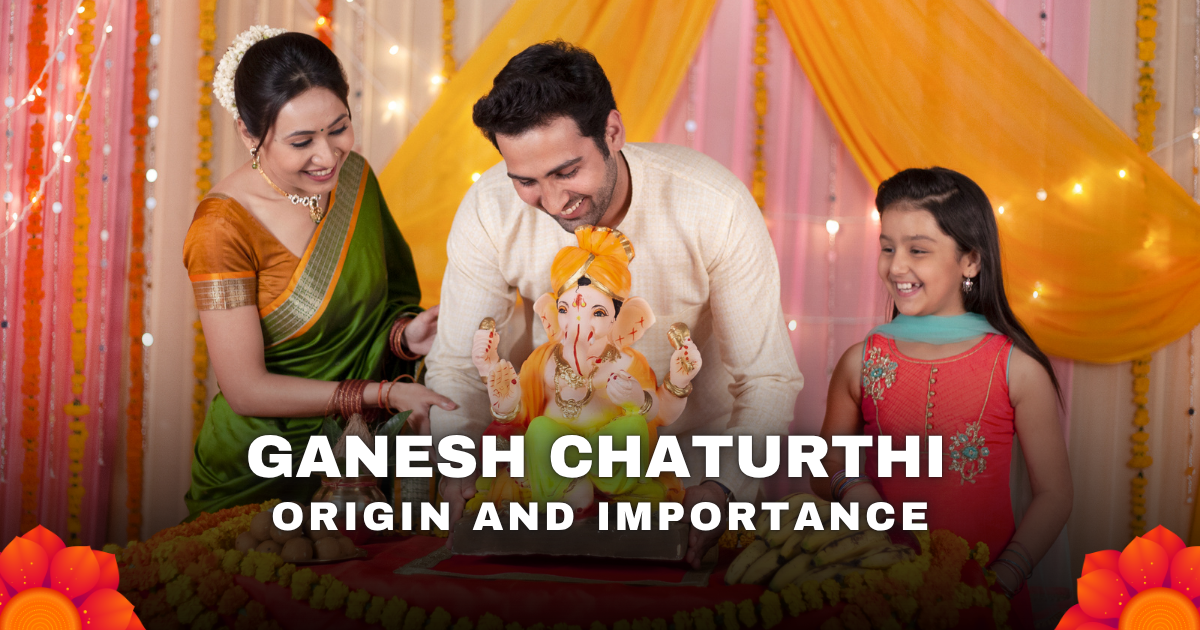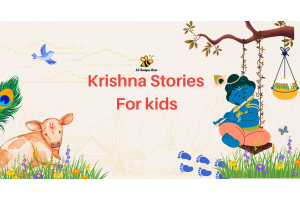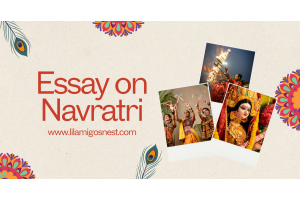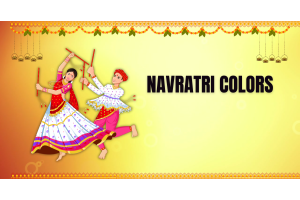Why We Celebrate Ganesh Chaturthi: Origin, Ganesha Story & Significance

Ganesh Chaturthi is one of the most beloved and widely celebrated Hindu festivals in India and across the world. Every year, millions joyfully chant “Ganpati Bappa Morya!” as elaborately crafted idols of Lord Ganesha adorn homes and public pandals. If you’ve ever wondered why do we celebrate Ganesh Chaturthi or what the Ganesh Chaturthi origin is, you’re not alone. This festival, deeply rooted in Hinduism, combines mythology, community spirit, and devotion in a way that unites people from all walks of life.
As we gear up for Ganesh Chaturthi 2025, it’s the perfect time to delve into the Ganesha story, understand his significance, and appreciate the festival’s cultural and spiritual importance. Whether you’re a lifelong devotee or simply curious about this joyous celebration, this blog will guide you through the origins, rituals, and significance that make Ganesh Chaturthi so special.
The Mythological Origin of Lord Ganesha
Birth of Ganesha
According to the most popular legend, Goddess Parvati created Ganesha from the sandalwood paste she used for bathing. She molded the paste into a boy’s figure, breathed life into him, and asked him to guard the entrance while she bathed. When Lord Shiva, Parvati’s husband, returned home and attempted to enter, Ganesha—following his mother’s orders—refused him entry. In a fit of rage, Shiva beheaded the boy. Parvati was heartbroken, and to console her, Shiva replaced Ganesha’s head with that of a young elephant, granting him life once more. This is the Ganesha story that explains his distinct appearance and his role as a remover of obstacles.
Symbolism of the Elephant Head
The elephant head symbolizes wisdom, understanding, and a discriminating intellect that one must possess to attain perfection in life. His large ears signify a capacity to listen attentively, while his small eyes reflect sharp focus and concentration. Together, these symbols highlight why Lord Ganesha is revered at the beginning of any new venture or ritual.
Historical Roots of Ganesh Chaturthi
Ancient Celebrations
References to Ganesh Chaturthi celebrations date back to the early medieval period. While the festival’s exact origin is debated, inscriptions and temple records from as early as the 4th century CE mention public worship of Ganesha. Over time, regional variations emerged, but the core idea remained the same: invoke Ganesha’s blessings for wisdom and prosperity.
Revival by Lokmanya Tilak
The modern public celebration of Ganesh Chaturthi was popularized in the late 19th century by freedom fighter Lokmanya Bal Gangadhar Tilak. He transformed the festival from a private family affair into a grand public event. By doing so, Tilak aimed to unite Indians against British colonial rule, using the festival’s communal spirit to foster national pride and solidarity.
Why Do We Celebrate Ganesh Chaturthi?
Removal of Obstacles
One of the key reasons we celebrate Ganesh Chaturthi is to seek Ganesha’s blessings to remove physical, emotional, and spiritual obstacles. Devotees believe that beginning any important task—whether academic, professional, or personal—with Ganesha’s name ensures success.
Welcoming Prosperity and Wisdom
The festival celebrates Ganesha as the god of beginnings and the patron of letters and learning. By invoking him, families and communities ask for prosperity, good fortune, and wisdom to guide them throughout the year.
Strengthening Community Bonds
Ganesh Chaturthi transcends individual devotion. Public processions, communal prayers, and collective feasts bring people together, reinforcing social bonds and fostering a sense of unity. This aspect of the festival highlights its importance as a Hindu festival that goes beyond religious observance to encourage cultural cohesion.
Rituals and Traditions
Installation of the Idol (Pranapratishtha)
On the festival’s first day, families and community groups install beautifully crafted idols of Lord Ganesha in their homes and pandals (temporary structures). A sacred ritual called Pranapratishtha is performed to infuse life into the idol.
Daily Aartis and Offerings
For the duration of the festival—usually 10 days—devotees perform daily aartis (ritual prayers) and offer sweets like modaks (Ganesha’s favorite), fruits, flowers, and incense. Chanting “Ganpati Bappa Morya” echoes through the air, invoking Ganesha’s presence.
Visarjan (Immersion)
On the final day, the idol is carried in a grand procession, accompanied by drums and singing, to a nearby river or sea. The immersion, called Visarjan, symbolizes Ganesha’s journey back to Mount Kailash, taking away devotees’ miseries and obstacles with him.
Celebrating Ganesh Chaturthi 2025
Key Dates
-
Ganesh Chaturthi 2025: Begins on September 7, 2025
-
Anant Chaturdashi (Visarjan): September 17, 2025
Mark these dates on your calendar and prepare to join in the joyous celebrations.
Eco-Friendly Trends
Growing environmental awareness has led many communities to adopt eco-friendly idols made from biodegradable materials. Natural clay, organic colors, and paper mâché idols ensure that the festival remains joyous without harming water bodies.
Cultural Significance and Modern Relevance
Artistic Expression
Ganesh Chaturthi showcases India’s rich artistic heritage. From the intricate designs of clay idols to the vibrant rangolis and floral decorations, the festival is a canvas for creative expression.
Social Initiatives
Today, many Ganesh mandals (festival committees) use the celebration to promote social causes—organizing blood donation camps, free medical check-ups, and educational drives. This evolution underscores the festival’s enduring relevance.
Global Celebrations
Beyond India, Ganesh Chaturthi is celebrated by the Hindu diaspora in countries like the USA, UK, Australia, and Mauritius. Public pandals in cities such as London, San Francisco, and Sydney reflect the global embrace of this Hindu festival.
Frequently Asked Questions
Q1: What is the significance of the modak?
A: The modak, a sweet dumpling, is believed to be Ganesha’s favorite food. It represents spiritual knowledge wrapped in the sweetness of devotion.
Q2: Can Ganesh Chaturthi be celebrated at home?
A: Absolutely. Whether in a grand community pandal or a small puja at home, sincere devotion is what matters most.
Q3: Why chant “Ganpati Bappa Morya”?
A: This chant honors Ganesha’s fond nickname “Bappa” (father) and invokes his blessings with a plea for his return (“Morya” refers to the saint Morya Gosavi, a devotee of Ganesha).
Ganesh Chaturthi is much more than a festival—it is an expression of faith, culture, art, and community spirit. By understanding the Ganesh Chaturthi origin, embracing the Ganesha story, and participating in the traditions, we keep alive a centuries‑old celebration that continues to enrich our lives. As we prepare for Ganesh Chaturthi 2025, let us chant “Ganpati Bappa Morya” with heartfelt devotion, celebrating the remover of obstacles and the harbinger of wisdom.
May Lord Ganesha bless us all with prosperity, knowledge, and unity!


























